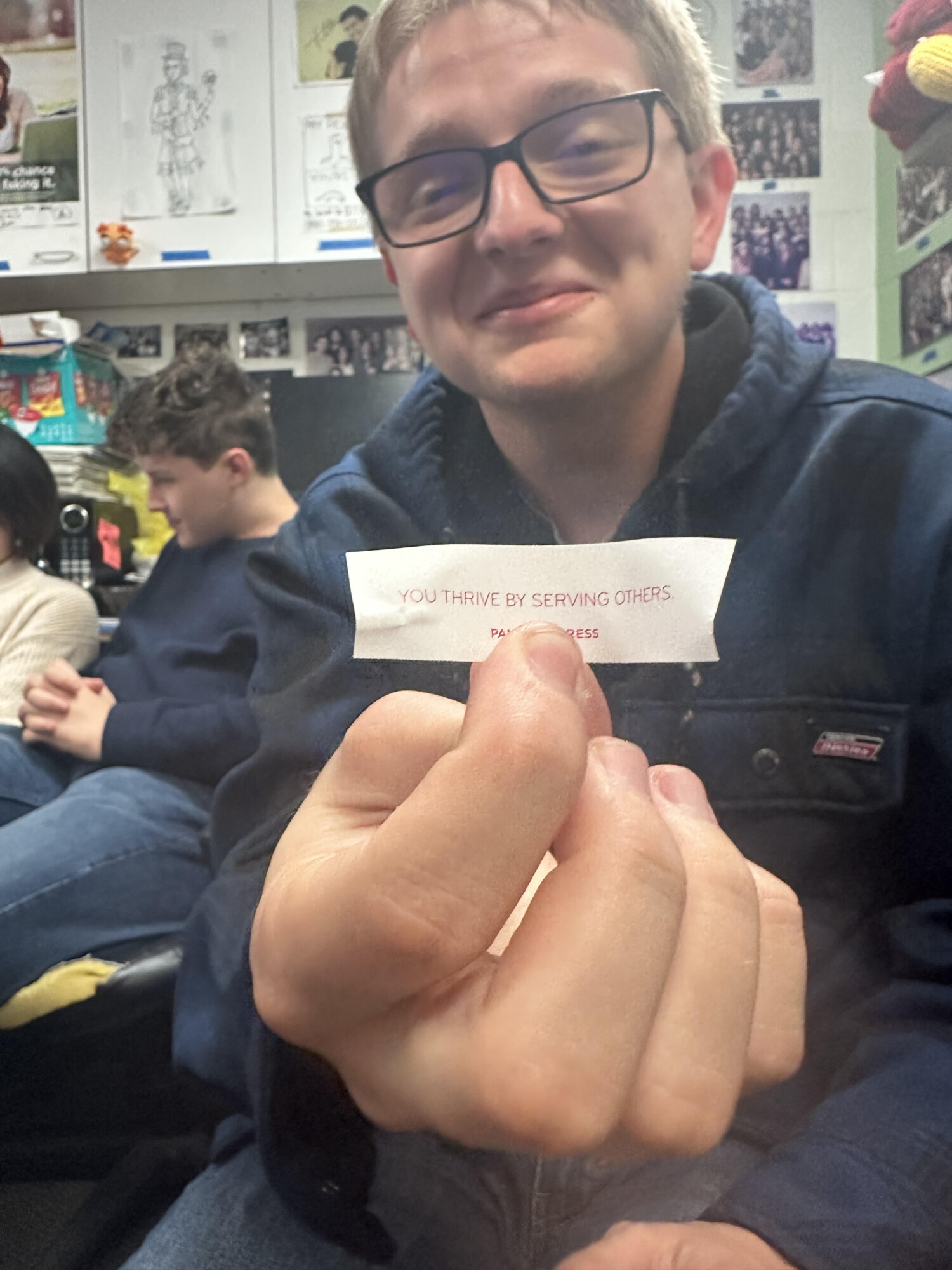
One customer said, “I bit into a lemon and was horrified to find out that it was actually a small rodent. It’s a horrible moral delemming.”
Photo by Robin Brewin
A species of small, nonnative rodents have infested many San Diego neighborhoods. Thousands of lemmings are seeping into urban zones after an event some have dubbed “The Lemmining.” Residents are being forced to make difficult decisions to protect their homes, families, and lawns. Jel E. Belie recounted his experience at the beginning of The Lemmining, stating, “See I used to have this beautiful bunch of trees in my yard, lemon trees, but after I’d gone on a weekend trip with the wife I come back to no fruit and a yard full’a hamsters!” Belie’s wife explains that the couple contacted exterminators after many failed attempts to wade through the sea of furry invaders, but were placed on a waitlist since dozens of other homeowners had reported the same issue.
“We had to start actin’ for ourselves. If the government won’t fix it, we gotta get it done the hard and dirty way!” Belie then whispered, “Extermination businesses are government entities, right? Anyway, I started rounding up the suckers and chuckin’ them into the empty pool we hadn’t got to filling up — in fact, after I threw a couple handfuls, the rest of ‘em poured right in,” Belie continued, gesturing a twohanded throw. He then described several extermination methods, many of which he rejected for being too tedious, too expensive, or too wasteful. “Finally, I figured out exactly what to do with them,” Belie said, presenting a small table at the front of his residence with a hand painted sign reading “LƎMMINGADE STAИD.”
According to a neighbor, Belie had reportedly been “selling glasses of liquid originating from the blended and boiled remains of hundreds of lemmings,” which was determined to be Belie’s “most cost-effective, least wasteful, but still kinda tedious” method of lemming removal.
After a careful observational study, researchers with UCSD’s botano-biology department determined that the lemmings had originated from trees that once bore lemons. “Normally, these animals live in tundra environments and consume grasses, moss, and the occasional succulent berry. Now, yes, it is technically true that lemons and other citrus fruits are classified as hesperidia, which are a special kind of berry. But generally, no, lemons are not the type of fruit that would be available for these skittish creatures,” Dr. Priya Maa-Vera stated while attempting to hold a lemming still. She then pointed to what appeared to be a lemon in a glass incubation chamber. “Watch,” Dr. Maa-Vera said, “This is a completely unaltered lemon, plucked directly from a nursery tree — we confirmed through DNA analysis that the tree is, without a shadow of a doubt, a completely normal lemon tree.” The lemon began to shake, then pulsate, as if small limbs were trying to break free. Suddenly, a snout poked through, then the rest of a fully-matured lemming crawled out of the rind of the lemon, sticky with “lembryonic” fluid.
Researchers stated that “further study is required to determine exactly why this phenomenon has begun and when it will end.” In the meantime, San Diego County waste facilities have started lemming disposal zones, directing residents to drive heaps of lemmings to nearby cliffs. Jel E. Belie paused and said, “You know what they say, folks! When life gives you lemmings … ” He paused and took a swig of a viscous brownish-red liquid. “Come on down to Jel E. Belie’s Lemmingade Stand today and chug your sorrows away!”











